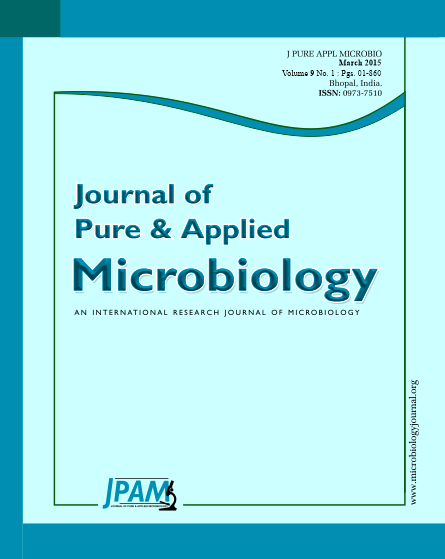Mangroves are woody plants and they grow at the interface between land and sea in the region of tropical and sub-tropical latitudes because of conditions like high salinity, extreme tides, strong winds, high temperatures and anaerobic soils. There may be no other group of plant with a highly developed morphological and physiological adaptation to these extreme conditions. Mangroves and mangrove ecosystems were studied extensively but the level of our understanding is still poor. Since the degradation and destruction of mangroves is continuing, there is a critical need to understand them better. As researchers continue to discover certain vital facts about mangroves and their impact in the global ecosystem, the volume of published information has grown enormously and the numbers of workers were increased and drawn to these unique environments. Hence, there is a need for certain periodic reviews of literature. In this review, we emphasize work on mangrove ecosystems and certain fraction of studies in Saudi Arabia.
Exotoxicology, Oil spills, Mangrove, Saudi Arabia
© The Author(s) 2015. Open Access. This article is distributed under the terms of the Creative Commons Attribution 4.0 International License which permits unrestricted use, sharing, distribution, and reproduction in any medium, provided you give appropriate credit to the original author(s) and the source, provide a link to the Creative Commons license, and indicate if changes were made.


